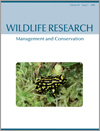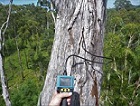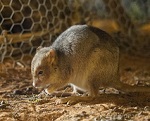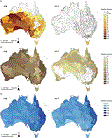WR17185First assessment of the potential introduction by hunters of eastern cottontail rabbits (Sylvilagus floridanus) in Spain

The European rabbit (Oryctolagus cuniculus) is an important game species in its native range, where rabbit populations have dramatically declined during the past decades. The initial impact caused by rabbit haemorrhagic disease in the 1990s motivated hunters to introduce the non-native cottontail rabbit (Sylvilagus floridanus), as our study demonstrates. However, our molecular analysis shows that Sylvilagus rabbits failed to become established in Spanish ecosystems. Efforts must be made to prevent future introductions. In addition, we recommend the establishment of long-term game-species monitoring networks that help detect the introduction of non-native game species before they become established and spread to neighbouring areas.













